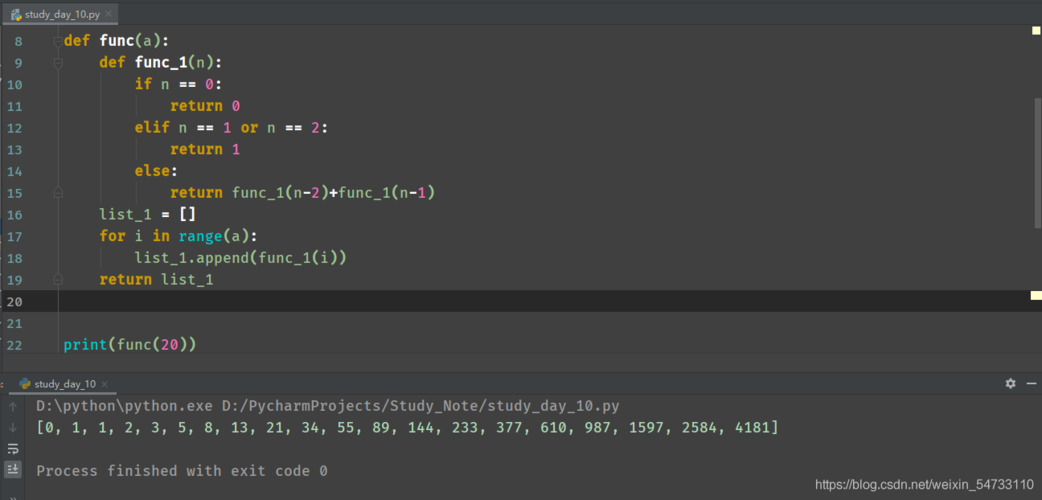您所在的位置:首页 - 科普 - 正文科普
Python数学编程PDF百度云盘
![]() 昊恬
2024-05-03
【科普】
693人已围观
昊恬
2024-05-03
【科普】
693人已围观
摘要**Title:HarnessingthePowerofPythonforMathematicalProgramming**Pythonhasemergedasaversatiletoolformat
Title: Harnessing the Power of Python for Mathematical Programming
Python has emerged as a versatile tool for mathematical programming, offering a plethora of libraries and functionalities that make it an ideal choice for various mathematical tasks. Whether you're dealing with basic arithmetic, advanced calculus, linear algebra, or complex numerical simulations, Python provides robust solutions. Let's delve into the realm of mathematical programming with Python and explore its capabilities along with some guidance on how to leverage them effectively.
1. Getting Started with Python for Mathematics:
Python's simplicity and readability make it an excellent choice for mathematical programming. To begin, ensure you have Python installed on your system. You can download it from the official Python website and install additional libraries using pip, Python's package manager.
2. Essential Libraries for Mathematical Programming:
NumPy:
NumPy is the fundamental package for scientific computing with Python. It provides support for arrays, matrices, and a collection of mathematical functions to operate on these arrays efficiently.
SciPy:
SciPy builds on NumPy and provides additional modules for optimization, integration, interpolation, and other scientific computing tasks.
SymPy:
SymPy is a Python library for symbolic mathematics. It allows you to perform symbolic computations, including algebraic manipulations, calculus, equation solving, and more.
matplotlib:
matplotlib is a plotting library that enables you to create a wide variety of plots, including line plots, scatter plots, histograms, and more, to visualize mathematical data and results.3. Basic Mathematical Operations:
Python's builtin operators and functions make it straightforward to perform basic mathematical operations. Addition, subtraction, multiplication, division, and exponentiation can be carried out using familiar syntax.
4. Symbolic Mathematics with SymPy:
SymPy enables symbolic computation, allowing you to work with variables, symbols, and mathematical expressions symbolically rather than numerically. This is particularly useful for tasks such as symbolic integration, differentiation, equation solving, and expression simplification.
5. Numerical Computations with NumPy:
NumPy excels at numerical computations, providing efficient array operations and mathematical functions optimized for performance. Whether you're working with vectors, matrices, or higherdimensional arrays, NumPy offers a wide range of tools for numerical manipulation.
6. Advanced Mathematical Techniques:
Python facilitates the implementation of advanced mathematical techniques such as optimization, numerical integration, interpolation, and differential equation solving through libraries like SciPy. These techniques are essential in various fields including engineering, physics, finance, and data science.
7. Visualization with matplotlib:
matplotlib allows you to create highquality visualizations to explore and communicate mathematical data effectively. From simple line plots to complex 3D visualizations, matplotlib offers flexibility and customization options to suit your needs.
8. Best Practices and Optimization:
When working on mathematical programming tasks in Python, it's essential to follow best practices to write efficient and maintainable code. This includes optimizing performancecritical code using NumPy's vectorized operations, minimizing unnecessary memory allocations, and leveraging parallel processing where applicable.
9. Resources for Further Learning:
Python's vast ecosystem of libraries and resources makes it easy to dive deeper into mathematical programming. Online tutorials, documentation, forums, and books can provide valuable insights and guidance as you explore the intersection of Python and mathematics.
Conclusion:
Python's rich ecosystem of libraries and intuitive syntax make it an invaluable tool for mathematical programming. Whether you're a student, researcher, or professional, Python empowers you to tackle a wide range of mathematical problems efficiently and effectively. By mastering Python's mathematical capabilities and following best practices, you can unleash the full potential of mathematical programming in your projects and endeavors.

This HTML document provides a comprehensive overview of leveraging Python for mathematical programming, covering essential libraries, techniques, best practices, and resources for further learning. Whether you're just starting or looking to enhance your skills, Python offers a robust platform for exploring the fascinating world of mathematics.
Tags: Python数学编程获奖作品 Python数学编程例题 Python数学编程pdf Python数学编程PDF 微盘
版权声明: 免责声明:本网站部分内容由用户自行上传,若侵犯了您的权益,请联系我们处理,谢谢!联系QQ:2760375052
上一篇: 温岭新能源企业有哪些
下一篇: 俄罗斯常用的编程语言是什么语言
最近发表
- 探索日本核污染水排放,现状、影响与应对策略
- 全职妈妈离婚获2万元经济补偿,揭秘背后的真相与启示
- 王琳惊艳亮相,54岁穿短裙婚纱走秀的优雅与活力
- 继续深耕中国,共创共享机遇
- 千位歌迷在刀郎演唱会现场外,音乐盛宴如梦如幻
- 渔船遇海盗袭击,3名中国人失踪,紧急救援与深入理解
- 小米试驾体验遇尴尬,雷军秒道歉引热议
- 香港歌手李国祥去世
- 音乐人因刀郎跨越西洋乐与中国音乐的奇妙转变——深度解读与启示
- 清华毕业生失踪背后的罗生门,揭开真相与寻找答案
- 韩国救山火消防员盒饭,一份充满人间温情的瞬间
- 黄金价格的终极目标,探寻价值与投资方向
- 小区惊魂,儿童车祸事故的警示与启示
- 湖南38个机关事业单位围墙全拆,开启新篇章
- 车主掉头遇红灯,后车滴滴巧应对
- 探索云南曲靖市会泽县的地震事件
- 新郎没拉裤子拉链,新娘手动闭链的浪漫婚礼
- 10岁女孩高烧去世,被诊断为7种疾病
- 拥抱与冒险,两个小孩的温馨瞬间与泥坑的奇妙旅程
- 女厅官落马后,下属被查风波掀起波澜
- 勇敢逆行,诠释人间大爱——关于溺亡外卖员及其家庭的故事
- 大摩小摩去年四季度疯狂买A股
- 从人去楼空歌词中读懂离别的深情与生命的哲思
- 甲亢患者学功夫之路,挑战与成长
- 九牛一毛歇后语——生活中的小智慧大道理
- 多名大陆配偶被限期离台 台各界发声
- 和巧虎一起玩躲猫猫,让孩子在游戏中学习与成长!
- 王者荣耀游戏体验优化与应对关键问题的应对策略
- 探索趣味与成长的数字乐园
- 地震的力量,缅甸与汶川地震的对比
- 畅享军事模拟游戏的无限乐趣
- 缅甸地震,灾难中的救援与应对
- 董宇辉报平安,温馨时刻
- 机战王洛洛历险记全集——一场童年的奇幻冒险之旅
- 揭开美军飞行员之怒,深入了解行为后果与安全责任
- 揭开全国重名查询系统的神秘面纱,如何轻松找到与你同名的人
- 缅甸地震中的救援行动与启示
- 揭秘你的另一个星座,探索隐藏的性格密码
- 东旭集团证券违法拟被罚17亿元
- 深入解析暗黑破坏神攻略,助你成为圣休亚瑞的传奇英雄
- 专家解读地球是否进入活跃期文章标题
- 畅玩经典——实况足球10中文版的全面解析与攻略
- 牛肉市场中的中方与美国厂商,续约与挑战
- 畅玩捕鱼达人单机版,轻松体验水下冒险的乐趣
- 王钰栋应对脚踝受伤,回应与处理
- 探索自然的灯塔——野外女教师的角色与魅力
- 华阳集团,2024年净利润增长引领行业新篇章
- 探索南美大陆的地理瑰宝
- 男子做马拉松陪跑一场收入6000元
- 69岁阿姨的退休生活,自驾游的传奇之旅文章标题及内容


